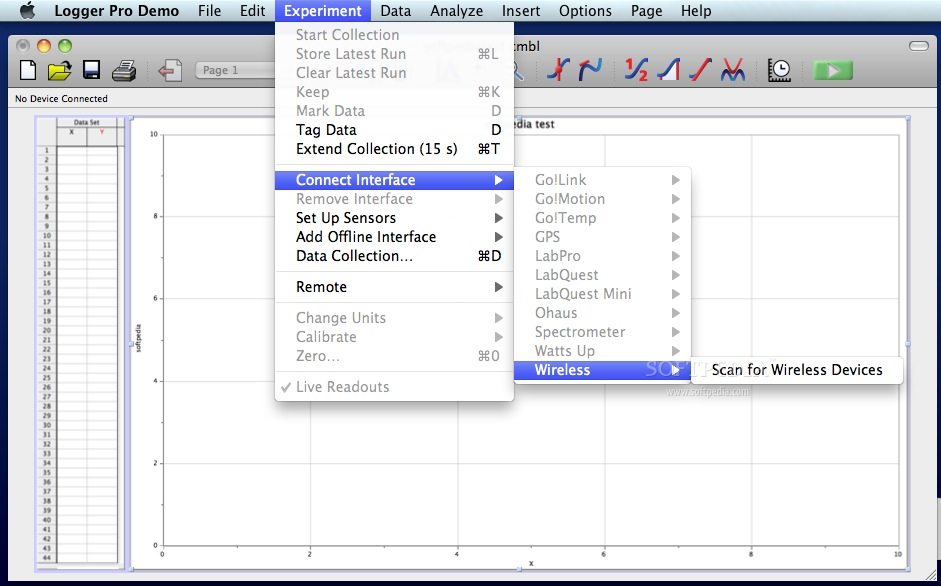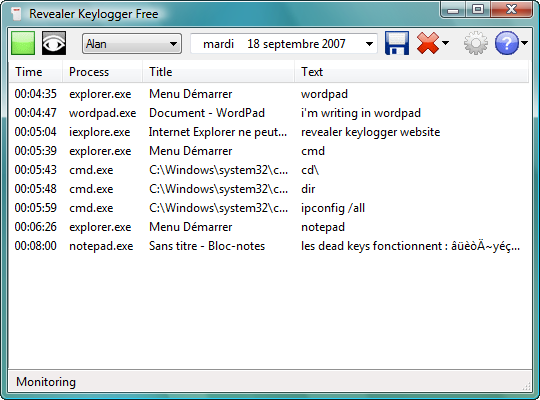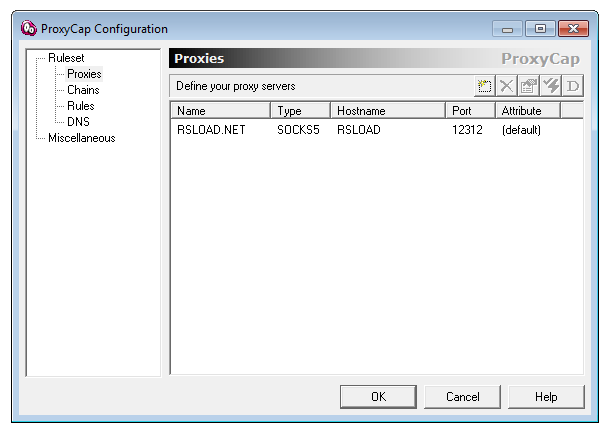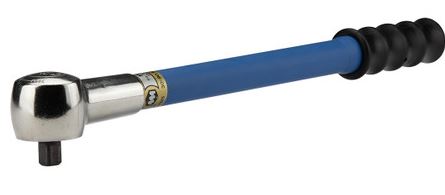

The process, or the process is executing a program that has fileĬapabilities (see capabilities(7)). Is owned by a user (group) other than the real user (group) ID of

* The process is executing a set-user-ID (set-group-ID) program that * The binary being executed by the process does not have read Resource limits for the process are set to zero see getrlimit(2)Īnd the documentation of the shell's ulimit command (limit in * The RLIMIT_CORE (core file size) or RLIMIT_FSIZE (file size) * The directory in which the core dump file is to be created does Or has run out of inodes or is mounted read-only or the user has
#LOGGER PRO 3.12 U OF A FULL#
* The filesystem where the core dump file would be created is full The core dump already exists, but there is more than one hard link * A (writable, regular) file with the same name as would be used for Writing the core file will fail if the directory in which it is toīe created is nonwritable, or if a file with the same name existsĪnd is not writable or is not a regular file (e.g., it is a The ID of the process that dumped core, and is created in theĬurrent working directory. (Byĭefault, the core file is called core or core.pid, where pid is There are various circumstances in which a core dump file is not produced: * The process does not have permission to write the core file. A list of the signals whichĬause a process to dump core can be found in signal(7). This imageĬan be used in a debugger (e.g., gdb(1)) to inspect the state of the Image of the process's memory at the time of termination. Terminate and produce a core dump file, a disk file containing an The default action of certain signals is to cause a process to However, there is a long list of reasons why a core file would not be generated, and it may be located somewhere else entirely, under a different name.


The core file is normally called core and is located in the current working directory of the process. You should then be able to analyze the specific failure instead of trying and failing to reproduce bugs. You can both be happy since gdb will load any core dump as long as you have a exact copy of your executable: gdb path/to/binary my/core.dump. Yeah, but I'd like me to be happy instead of gdb so it basically contains everything that gdb needs (in addition to the executable that caused the fault) to analyze the fault. Pointer, memory management information, and other processor and Processor registers, which may include the program counter and stack Program state are usually dumped at the same time, including the consists of the recorded state of the working memory of a computer Now what it contains is system specific, but according to the all knowing encyclopedia: You may want to write your own handler or use the current directory. (See Core dumped, but core file is not in the current directory? on StackOverflow)Īccording to the source this is handled by the abrt program (that's Automatic Bug Reporting Tool, not abort), but on my Arch Linux it is handled by systemd. Written to the standard input of that program instead of to a file. The rest of the pattern as a command to run.


 0 kommentar(er)
0 kommentar(er)
